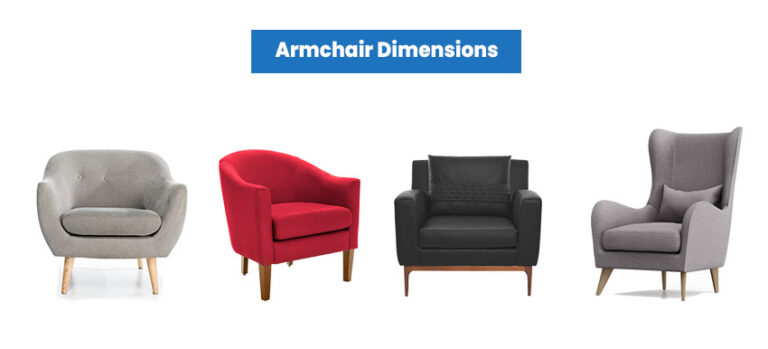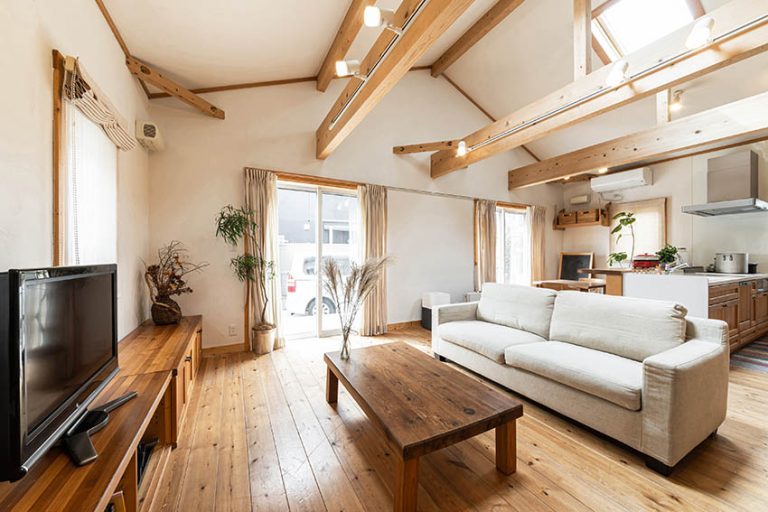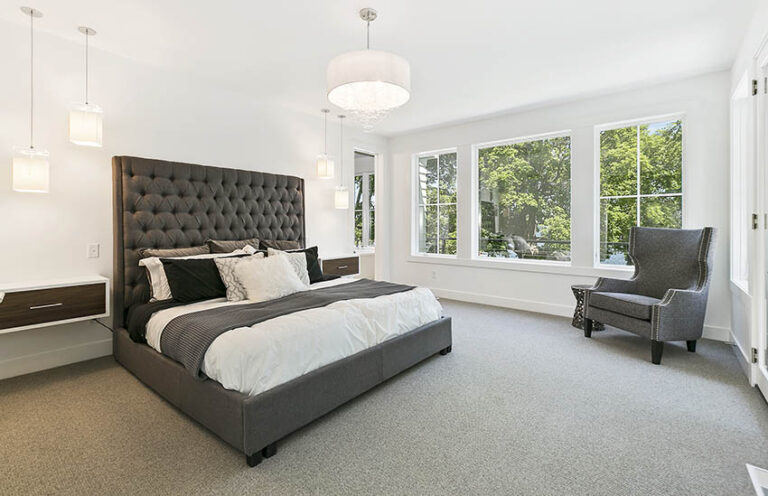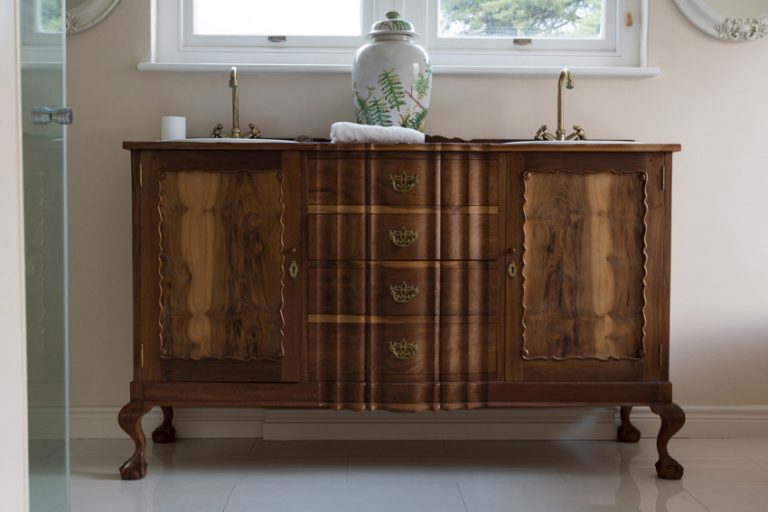Polymer Outdoor Furniture
Here’s our polymer outdoor furniture design guide including what it is, marine grade, durability, weather resistance and how to clean.
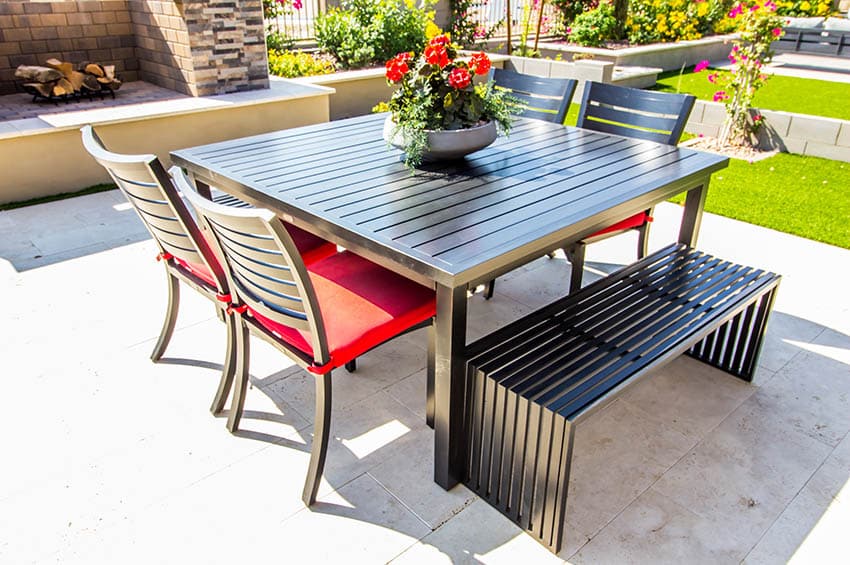
This material is popularly used for outdoor furniture because of its exceptional durability. Polymer furniture contains UV-inhibited pigments, which reduce its susceptibility to fading, even with prolonged exposure to direct sunlight.
It has 0% porosity, which allows it to stand up to snow, ice and rain without ever sustaining moisture or temperature damage. Unlike flimsier plastic furniture, it is substantial enough to support weight without cracking, and heavy enough to stay put during high winds.
Marine Grade Polymer Outdoor Furniture
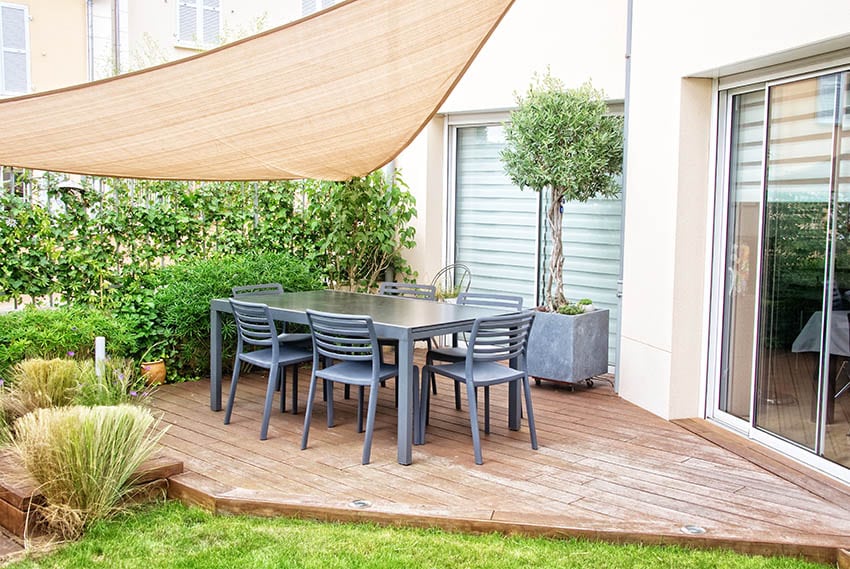
Later, companies discovered MGP could be molded into boards and used to construct extremely durable, colorfast outdoor furniture. When combined with stainless steel hardware, the furniture is rust and corrosion resistant, easily assembled, and looks great.
What is Marine Grade Polymer (MGP)?

The manufacturing process that creates marine-grade polymer produces no harmful byproducts and emits no harmful gases, making it extraordinarily eco-friendly.
It is highly durable and will never rot, crack, warp, or swell. While heavy objects dropped from a significant height may scar or dent marine-grade polymer, it is difficult to damage through ordinary use.
Marine-grade polymer is colored during the manufacturing process, so there is no tint or outside stain layer to degrade. This also means that marine grade polymer cannot be refinished.
Completely non-porous, marine-grade polymer is the ultimate in weather resistance. Moisture, rot, mildew and mold are all repelled by this high-density building material. For a natural alternative to MGP one may consider teak outdoor furniture.
Is Marine Grade Polymer Outdoor Furniture Durable?
Yes. Most marine grade polymer outdoor furniture sets come with a warranty of around 20 years. During that time, the furniture should not shrink, warp, rot, or fade.
Marine grade polymer is durable enough to be used as the topside of a yacht, exposed to the elements 365 days per year. It can withstand sun, salt, water, movement, and temperature changes without fear of damage.
Another popular choice is aluminum outdoor furniture which has similar characteristics.
How Do You Clean Marine Grade Polymer?
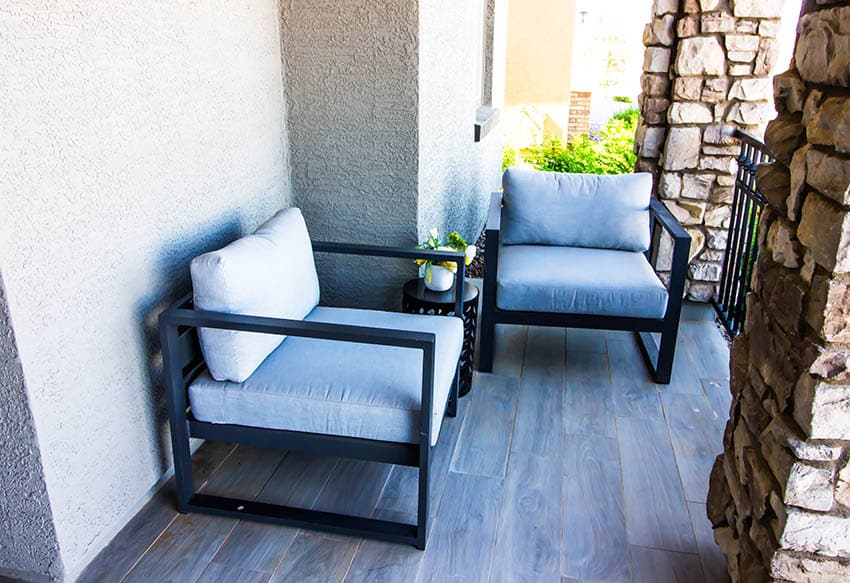
Because the marine grade polymer has 0% porosity, it is extremely difficult to stain. Should you scratch the surface and then spill something, colored liquids may be able to penetrate the scratched area.
For creases, hardware, and any stains, use a stiff-bristled brush to scrub the furniture. A mixture of ⅓ bleach with ⅔ water can help with any stubborn dirt or debris. Wear eye protection and gloves, and avoid inhaling the fumes from the bleach. Alternatively, wear a respirator-type mask to protect your airways.
To preserve and extend the life of the hardware, some people choose to apply appliance touch-up paint in a color that matches the furniture. You can also use appliance touch-up paint to repair scratches or gouges in the furniture. Be sure to test the color in an inconspicuous area before applying appliance touch-up paint.
If necessary, you can clean marine grade polymer outdoor furniture using a pressure washer. You should restrict the pressure used to no more than 1,500 psi. This is approximately equivalent to the pressure at an automatic car wash.
A self-service car wash bay is a great place to clean your outdoor furniture, as they usually include brushes that can be used to scrub creases and corners.
Alternatively, you can rent or purchase a pressure washer from any large home improvement center and many smaller hardware stores.
You can choose to clean with water only, or add a detergent. If using a detergent, select a wide spray nozzle to ensure continued water flow. Never use a detergent not designed for use with a pressure washer.
To avoid streaks, clean from the bottom of the furniture and work your way up. Start out about three feet from the furniture, pointing the pressure wand at a 45-degree angle.
Use slow, even strokes, sweeping the wand back and forth. Overlap each pass with the next one. When the entire surface has been cleansed, rinse the furniture from the top down. Use clean water to rinse away the detergent.
What is Marine Grade Wicker?
Wicker refers to a method of furniture construction, not a construction material. To create wicker furniture, individual fibers are woven together in specific patterns to create durable and beautiful furniture.
The fibers used can be natural or synthetic. Wicker furniture is lightweight, yet strong. It has a springy quality due to the tension and flexion of the fiber, but shouldn’t feel mushy or soggy.
Natural wicker furniture is often made from bamboo or rattan. Synthetic wicker is made from synthetic fibers. The fibers are extruded from resin — the same resin that high-end automobile makers put on their dashboards, in fact.
It is highly resistant to damage from heat or solar rays. It is also completely non-porous, making synthetic wicker furniture perfect for use outdoors.
Marine grade polymers are not used to construct the synthetic fibers used to weave outdoor wicker furniture. However, the two materials are often confused for each other because of their similar attributes.
Both are highly-resistant to UV fading and damage, retain their color, are completely non-porous, and can be expected to last for decades. Neither needs extensive care, sealing, resealing, staining, or painting.
The only major difference between synthetic resin-based wicker furniture and marine grade polymer ‘wood’ furniture is their weight. Synthetic wicker furniture is very light. The weight of marine grade polymer is close to hardwood.
Visit this page for more maintenance free outdoor furniture ideas.

